Description
Since 2015 Diagnostic Solutions Laboratory has established itself as the leader in comprehensive DNA based GI testing. With a commitment to research, and by using the latest in qPCR technology, we have experienced unparalleled growth while providing our practitioners with the most sensitive, specific and clinically relevant results available. We are now pleased to offer our clients the latest version of the GI-MAP, including an expanded list of analytes, additional H. pylorivirulence factors, and the most advanced qPCR DNA technology available!
Superior Technology – Now made available to you!
Diagnostic Solutions Laboratory is now using a novel DNA technique to detect a comprehensive list of stool bacteria, viruses, fungi, and parasites. Real-time polymerase chain reaction (RT-PCR), or quantitative PCR (qPCR), combines amplification and detection into one step. qPCR “is one of the most powerful and sensitive gene analysis techniques available.” It is used to quantify gene expression, analyze single nucleotide polymorphisms (SNPs), determine genotypes, detect pathogens, validate drug targets, and measure RNA interference. 29
Diagnostic Solutions Laboratory’s Leadership decided to upgrade the DNA analysis techniques from multiplex polymerase chain reaction to qPCR because it is truly quantitative and more accurate.29 In qPCR, all of the organisms are run separately, and in duplicate, which makes it possible to measure each organism accurately. There is no competition for chemical reagents in the same well that could lead to variation in the results. The new GI-MAP can measure higher and lower amounts of genomic DNA than before (also expressed as, “having a larger analytical range”). All results are quantitative instead of qualitative (positive or negative), giving practitioners greater depth in their understanding of the patient’s microbiome environment.
The Latest Research: H. pylori virulence factors
Over the past few years, advances in H. pylori research have focused on the presence of virulence factors. The presence, or absence, of these virulence factors contribute significantly to pathogenicity and disease progression.The following virulence factors are now being reported on the GI-MAP:
BabA (Blood group antigen binding adhesin) is an outer membrane adhesin protein that facilitates binding of H. pylori to the gastric mucosa. BabA is thought to play a significant role in inducing inflammation in the gastric mucosa and in promoting long-term infection. Higher expression levels of BabA are associated with severity of inflammation and the development of clinical disease.69
CagA (Cytotoxin-associated protein A) presence in H.pylori strains has been significantly associated with gastric cancer and peptic ulcer.70 The gene codes for a type IV secretion system which allows the bacterium to inject the cagA protein into the host cell. Once inside the host’s gastric epithelial cells, cagA can disrupt cell signaling, leading to abnormal proliferation, motility, and changes in the cytoskeleton.70 These changes to normal cell signaling can initiate cancer.
Cag PAI (Cag pathogenicity island) is a section of the H pylori genome that encodes CagA and a Type IV Secretion System, a multiprotein complex that mediates the transfer of H. pylori virulence factors – including CagA – into gastric epithelial cells. The presence of CagPAI is associated with highly virulent strains of H. pylori.71
DupA (Duodenal ulcer-promoting gene A) is strongly linked to an increased risk for developing duodenal ulcers, but not gastric cancer. DupA is thought to be involved in inducing the inflammatory cytokine IL-8, as well as secretion of urease and inhibition of mitochondria-mediated apoptosis. However, the function of the DupA protein has not yet been well-established.72
IceA (Induced by Contact with Epithelium A) has been linked to increased expression of the inflammatory cytokine IL-8, and the development of gastric inflammation, peptic ulcer disease, and gastric cancer, in some studies. However, the function of the IceA protein has not yet been established.73,74
OipA (Outer Inflammatory Protein A) is an adhesin protein found in the outer cell membrane of H. pylori, and functions in adherence of H. pylori to gastrointestinal mucosa. OipA contributes to the activity of the CagA virulence factor, and to H. pylori’s ability to induce inflammation via IL-8. It is associated with gastric cancer and peptic ulcers.75
vacA (Vacuolating toxin) has been associated with gastric cancer, peptic ulcer, and duodenal ulcer.70 The vacA gene is present in all strains of H. pylori but is polymorphic, which leads to different levels of vacuolating toxin. VacA toxins interact with certain receptors on host cells, setting off a chain of events including mitochondrial damage, inhibition of T-lymphocytes, and interference of antigen presentation.70
Expanded list of analytes now added to the GI-MAP
In addition to adding virulence factors, the GI-MAP has also added an additional 23 target analytes, including bacteria, yeast, parasites, and viruses. The expanded list of additional analytes follows:
Bacterial Pathogens added:
- Enterohemorrhagic E.coli
- Enteropathogenic E.coli
Opportunistic Bacteria (Potential Autoimmune Triggers) added:
- Klebsiella spp.
- Citrobacter freundii
- Mycobacterium avium
- Prevetella copri
- Yersinia enterocolytica
Additional Opportunistic Bacteria added:
- Bacillus spp.
- Enterococcus faecalis
- Enterococcus faecium
- Staphylococcus aureus
Additional Normal/Commensal Bacteria added:
- Enterobacter spp.
- Clostridia spp.
Phyla Microbiota:
- Bacteroidetes
- Firmicutes
- F/B ratio
Fungi/Yeast added:
- Rhodoturula spp.
Opportunistic Viruses added:
- CMV- Cytomegalovirus
- EBV- Epstein Bar Virus
Parasites – Worms and Protozoa added:
- Ascaris lumbricoides (roundworm)
- Nector americanis (hookworm)
- Trichuris trichuria (whipworm)
- Taenia solium/saginata (tapeworm)
- Cyclospora cayetanenensis
Unparalleled Results
Using our latest qPCR platform, Diagnostic Solutions Lab is providing clinicians with the most sensitive and specific results available anywhere, all while keeping our quick TAT. Call or go on-line to order test kits today! We look forward to serving you with the latest version of the GI-MAP — the most trusted, comprehensive DNA stool analysis on the market!






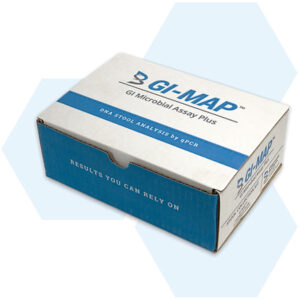
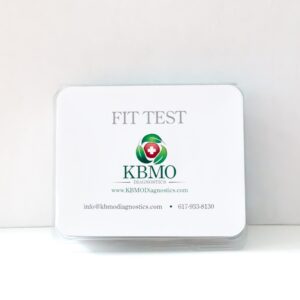
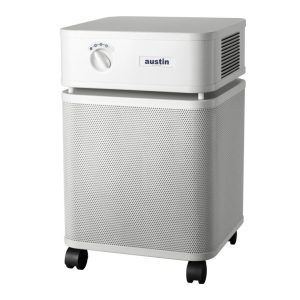
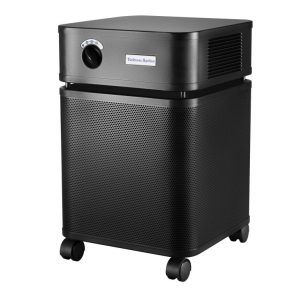
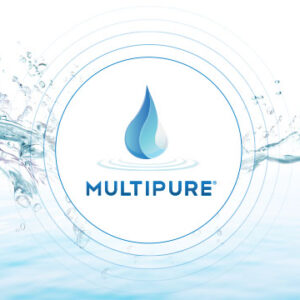
Reviews
There are no reviews yet.